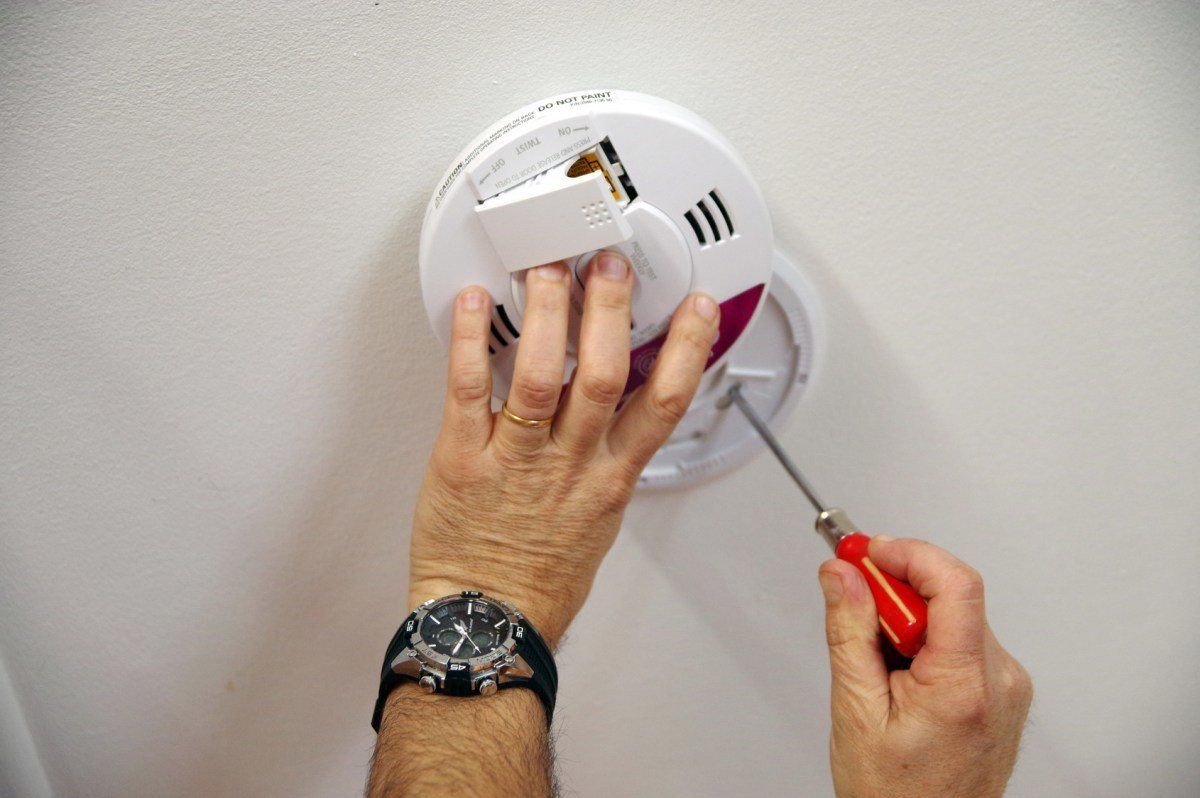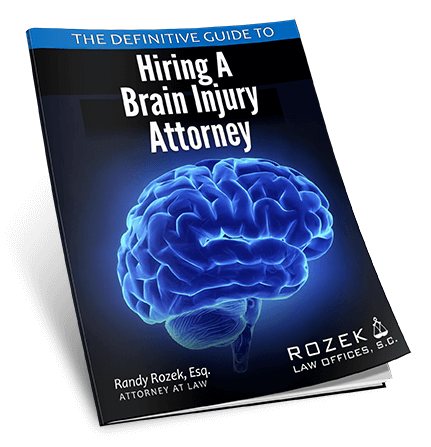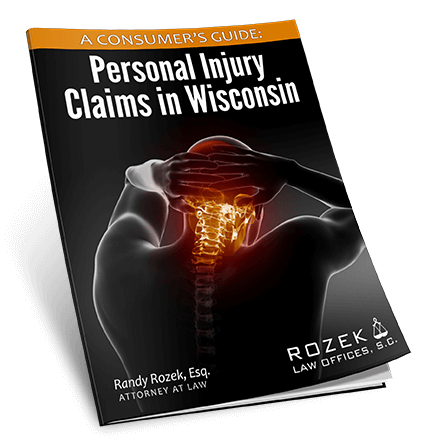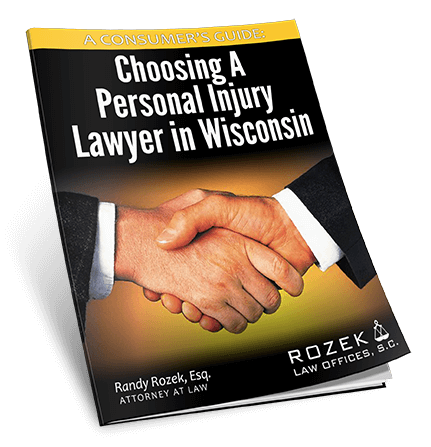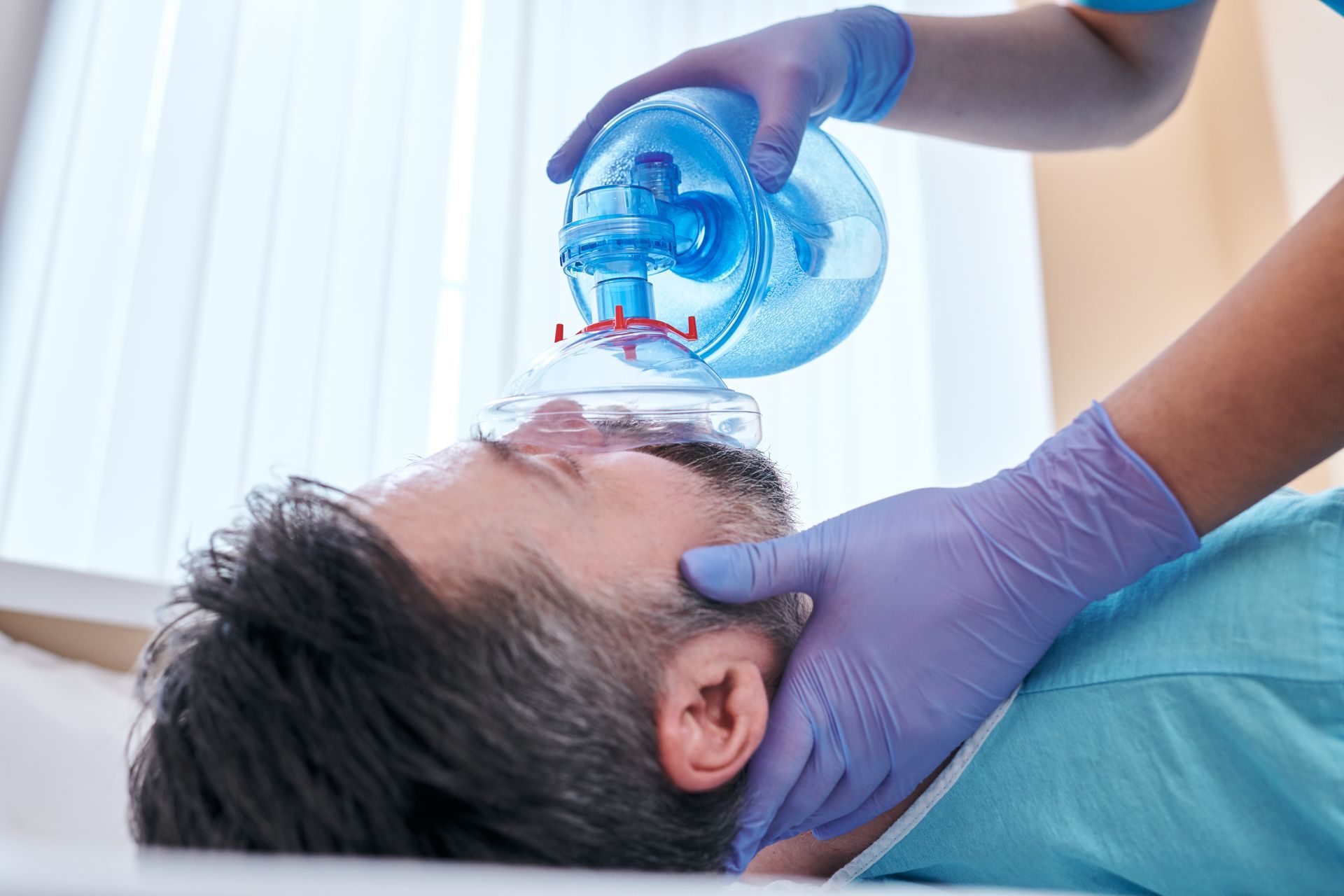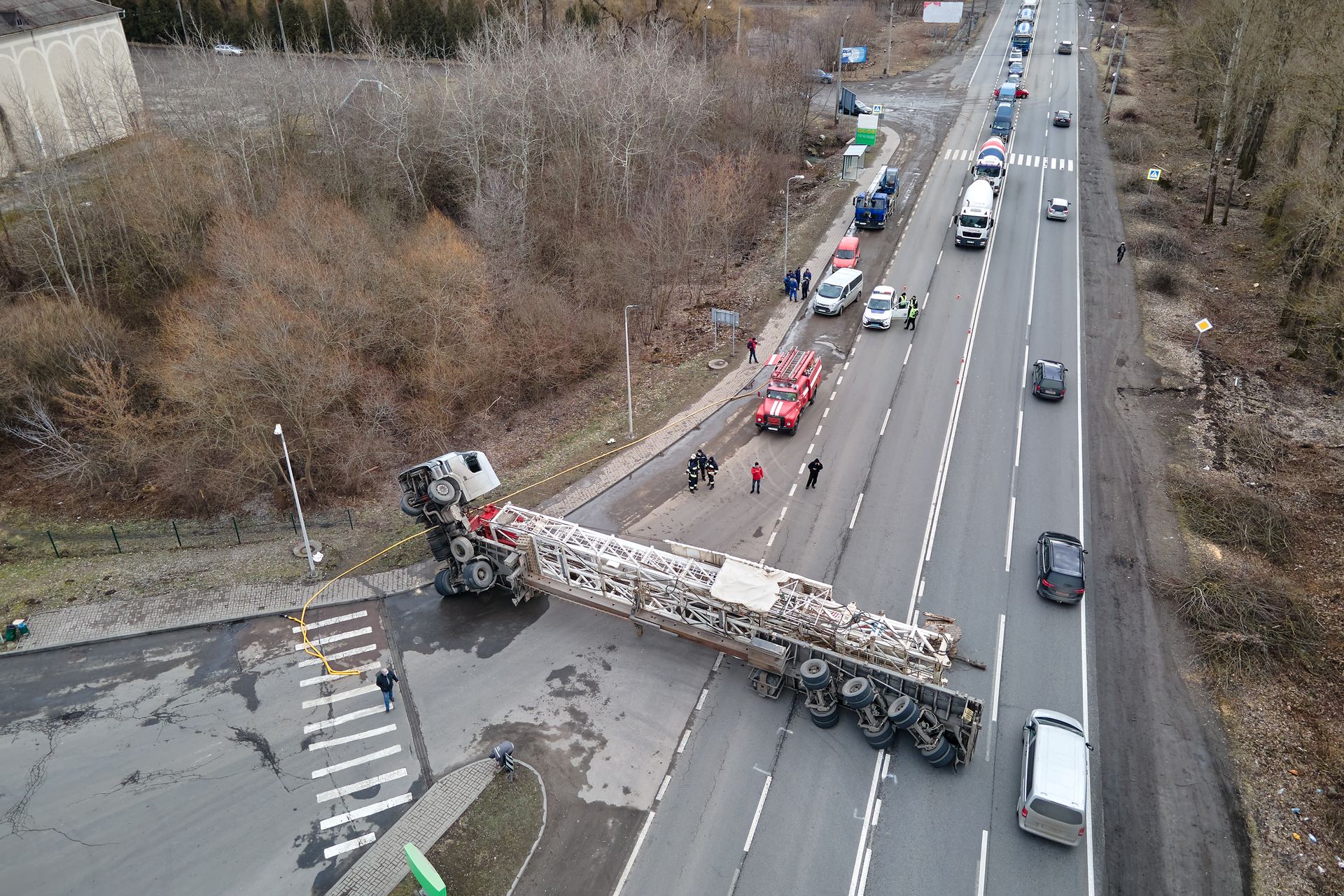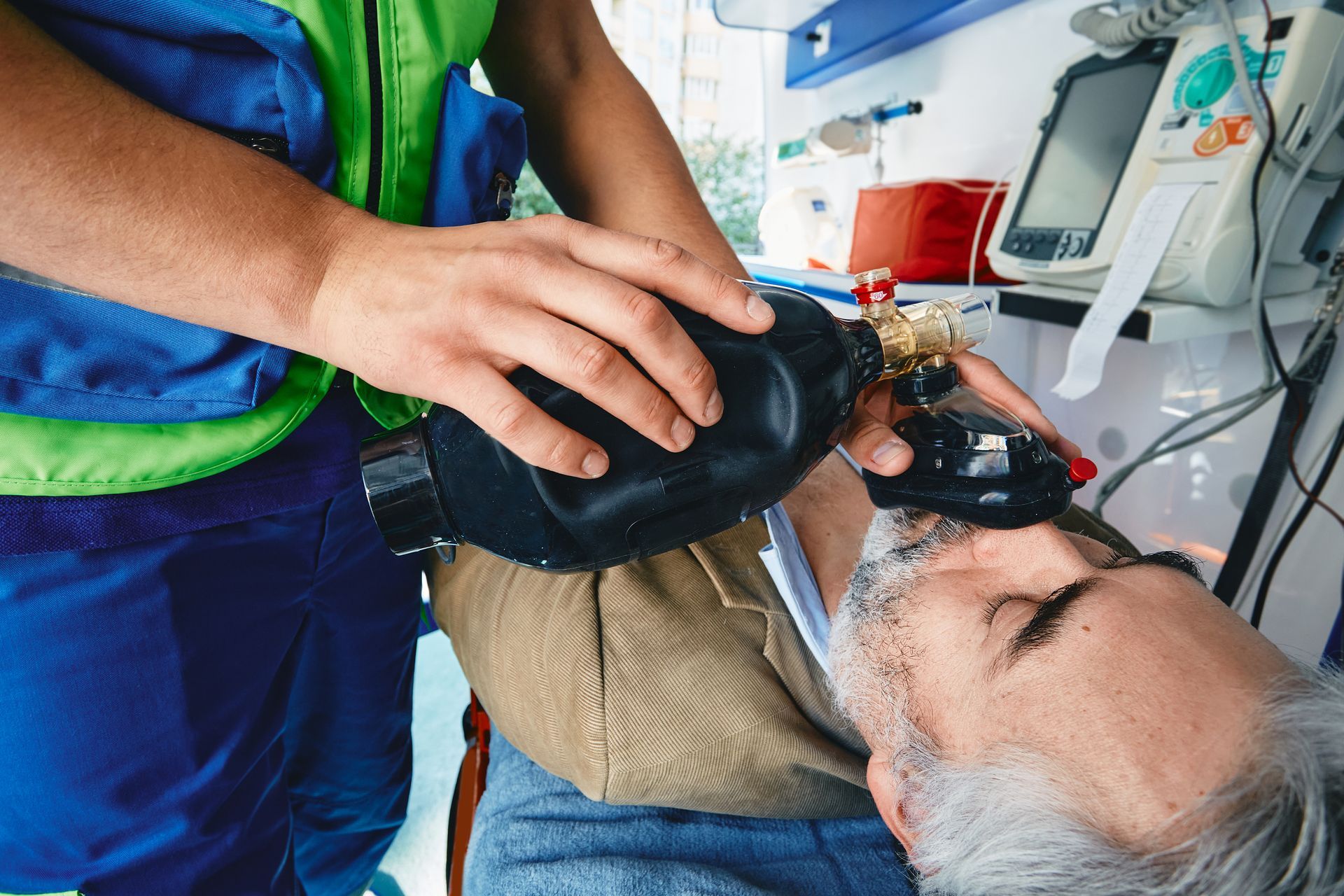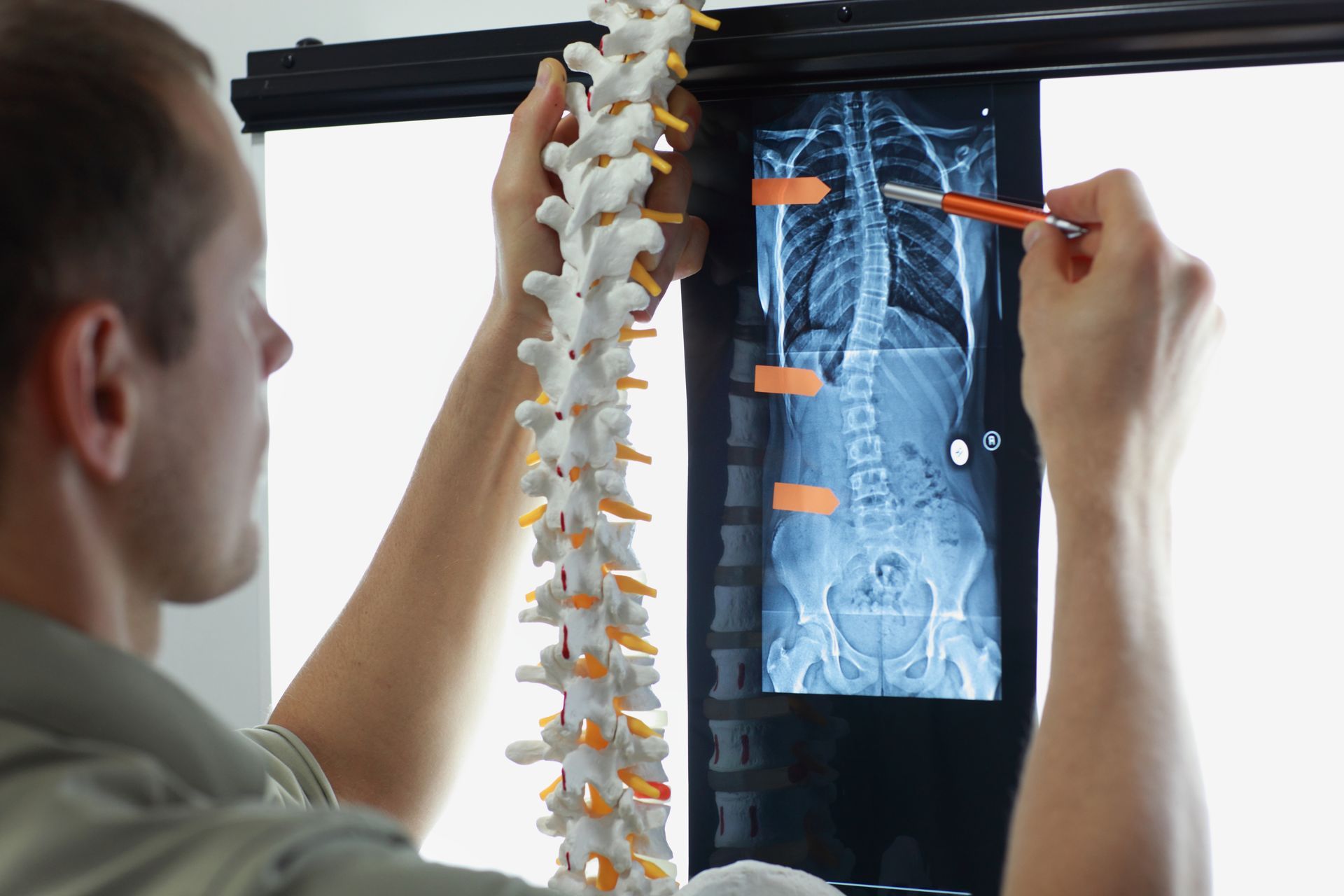Carbon Monoxide Poisoning Lawyer in Wisconsin

What is Carbon Monoxide Poisoning?
Carbon monoxide is an odorless deadly gas that can be emitted from combustion-burning devices. Unfortunately, in my experience and in my practice, I’ve seen way too many situations involving carbon monoxide exposure and, as a result, carbon monoxide poisoning, which can be deadly. The symptoms of carbon monoxide poisoning or exposure are very similar to flu-like symptoms . So individuals that are experiencing these symptoms , nausea, vomiting, diarrhea, headaches, fatigue, drowsiness, often thinks that they have food poisoning or the flu, and they simply lay down, which can be deadly.
If you feel that you may have carbon monoxide poisoning, it’s important that you immediately seek fresh air and call 911. The fire department maintains carbon monoxide detectors, and they can detect whether there is carbon monoxide in your home, in your hotel room, in your place of work, wherever you may be. It’s important to notify everyone else that you feel that there may be a carbon monoxide exposure and get the authorities involved immediately.
Many of the symptoms associated with carbon monoxide poisoning develop over time. If you simply go to the emergency room after your exposure and you’re sent home, there are good chances that you’re going to have ongoing new symptom develop over a matter of days and weeks. So it’s important to follow an experienced medical professional. Unfortunately, not a lot of doctors have experience handling carbon monoxide exposure and the resulting symptoms.
So you need a lawyer that knows the medical community, knows the doctors that know how to identify and treat these symptoms .
Wisconsin Carbon Monoxide Poisoning Attorney
Unfortunately, most people do not realize they have been exposed to Carbon Monoxide until they begin experiencing the symptoms of carbon monoxide exposure, which can include the following:
- Dizziness
- Vertigo
- Fatigue
- Weakness
- Nausea
- Flu-like Symptoms
- Confusion
- Shortness of Breath
- Chest Pain
- Lack of Coordination
- Headache
- Blurred Vision
- Vomiting
- Loss of Consciousness
If you have been exposed to Carbon Monoxide,
download the Carbon Monoxide Symptoms Checklist
to complete and bring to your healthcare professional.
Due to the nature of the symptoms of Carbon Monoxide poisoning, individuals that are intoxicated or sleeping are especially susceptible to the dangers from Carbon Monoxide exposure. Depending on the length of exposure and the amount of Carbon Monoxide in the air, poisoning can result in death.
If an individual is fortunate enough to survive the Carbon Monoxide poisoning, there can be terrible immediate and long-term consequences from the Carbon Monoxide exposure. Essentially, the Carbon Monoxide can cause tissue damage throughout the body. Carbon Monoxide exposure can result in brain damage, causing memory deficits, cognitive deficits, behavioral changes, personality changes, sleep disorders, learning difficulties and movement disorders. Carbon Monoxide exposure can also result in heart and cardiovascular damage. Carbon Monoxide exposure has also been linked to digestive disorders, such as fecal incontinence or urinary incontinence.
Wisconsin law requires the installation of carbon monoxide detectors in houses and duplexes follows:
Wis. Stats. Sec. 101.647 (3) Requirements.
(a) The owner of a dwelling shall install a functional carbon monoxide detector in the basement of the dwelling and on each floor level except the attic, garage, or storage area of each dwelling unit.
Wisconsin law also requires the installation of carbon monoxide detectors in “residential buildings” as follows:
Wis. Stats. Sec.101.149 (2) Installation requirements.
(a) Except as provided in par. (b), the owner of a residential building shall install a carbon monoxide detector in all of the following places not later than the date specified under par. (c):
1. In the basement of the building if the basement has a fuel-burning appliance.
2. Within 15 feet of each sleeping area of a unit that has a fuel-burning appliance.
3. Within 15 feet of each sleeping area of a unit that is immediately adjacent to a unit that has a fuel-burning appliance.
4. In each room that has a fuel-burning appliance and that is not used as a sleeping area. A carbon monoxide detector shall be installed under this subdivision not more than 75 feet from the fuel-burning appliance.
5. In each hallway leading from a unit that has a fuel-burning appliance, in a location that is within 75 feet from the unit, except that, if there is no electrical outlet within this distance, the owner shall place the carbon monoxide detector at the closest available electrical outlet in the hallway.
While the statute uses the phrase “carbon monoxide detector,” from a technical standpoint, the statute really means a “carbon monoxide alarm.” Carbon monoxide alarms are designed to go off when the presence of CO reaches a significant enough level, usually 70 parts per million. Carbon monoxide alarms are considered life saving devices. Unfortunately, carbon monoxide alarms are not designed to alert consumers when there are lower levels of CO, which can be dangerous as well.
Attorney Randy Rozek has experience representing victims of Carbon Monoxide exposure. If you or a loved one has been exposed to dangerous levels of Carbon Monoxide contact a Carbon Monoxide lawyer at Rozek Law Offices to schedule a free consultation .
PTSD Symptoms Following Carbon Monoxide Poisoning
- Recurrent and Intrusive Thoughts About the Exposure Incident
- Nightmares
- Flashbacks
- Anxiety or Panic Attacks
- Hypervigilance – enhanced state of sensory sensitivity
- Fear
- Any of the Above Symptoms affecting Social Activities or Relationships
Cognitive Symptoms Following Carbon Monoxide Poisoning
Victims of Carbon Monoxide Poisoning typically experience Cognitive Symptoms following their injury. These Cognitive Symptoms are the mental changes the Carbon Monoxide Poisoning survivor experiences.
Common Cognitive Symptoms following Carbon Monoxide Poisoning can include the following:
- Attention and/or Concentration Problems
- Short-Term Memory Loss
- Trouble Remembering Old Things
- Word Finding Problems
- Understanding What is Said and/or Read
- Making Decisions or Solving Problems
- Slower Speed of Thinking
- Getting Lost or Disoriented
- Trouble Juggling Several Things at Once
- Disorganized or Confused Thinking
- Stuttering or Slurring
While the Cognitive Symptoms following Carbon Monoxide Poisoning alone can be debilitating and disabling, when combined with the Emotional Symptoms, Physical Symptoms and Post Traumatic Stress Disorder Symptoms that typically result from Carbon Monoxide Poisoning, there is oftentimes little doubt as to the global impact these changes have on all areas of the Carbon Monoxide Poisoning survivor’s life.
Emotional Symptoms Following Carbon Monoxide Poisoning
- Feelings of Sadness or Depression
- Crying Spells
- Suicidal Feelings
- Increased or Decreased Emotions
- Low Motivation
- Change in Sex Drive
- Irritable and Easily Frustrated
- Feelings of Anxiety or Fear
Physical Symptoms Following Carbon Monoxide Poisoning
- Headaches
- Dizziness
- Coordination of Hands, Feet or Legs
- Ringing in the Ears
- Fatigue
- Jaw Pain
- Digestive Issues – Stomach Pain, Inability to Control Bowel or Bladder
- Heart Problems
- Cardiovascular Problems
How To Detect Carbon Monoxide
- Low level: 50 PPM and less
- Mid-level: Between 51 PPM and 100 PPM
- High level: Greater than 101 PPM if no one is experiencing symptoms
- Dangerous level: Greater than 101 PPM if someone is experiencing symptoms


